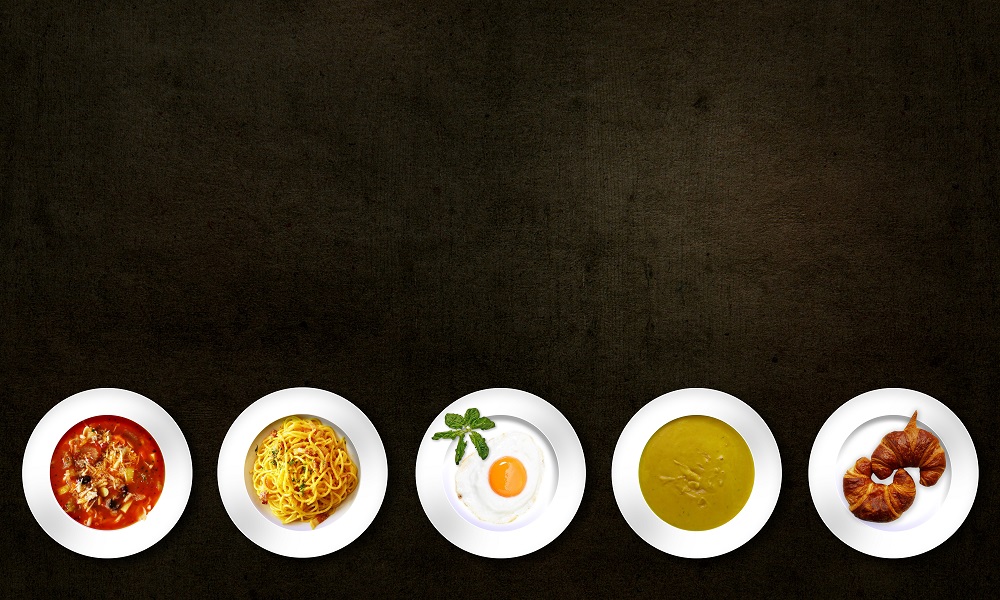I’ve already covered what the elimination diet is all about and may be considering an elimination diet plan. As a quick recap, here is why the elimination diet is popular.
- It helps target specific intolerances and allergies. By the process of elimination, trigger foods, allergens, and any ingredient that causes discomfort is removed from the diet for a time period of 4-8 weeks. During this period, the body gets used to the fact it no longer needs to produce antibodies to counter the trigger food, and begins to heal itself internally.
- It helps clearly identify what agrees with your system and what does not. Sometimes, without knowing, we may have inundated our system with foods that wreak havoc internally. What we may have thought of as knee pain because it’s that time of the month, or a headache because of lack of sleep, can actually be a reaction to a certain food item that the body is actively resisting.
- It promotes reversal of chronic conditions owing to inflammation. When the body battles trigger foods or allergens, as a protective measure, it gets inflamed to prevent the food from harming us. Inflammation, if left unchecked, has been found to be the root cause of most chronic and auto-immune diseases, not the least of which are T2D, atherosclerosis, and fatty liver. In the simplest sense, this causes swelling in tissues and blood vessels, thereby preventing blood from flowing freely.
In light of this, you may want to consider the elimination diet plan. You might think back to those times when you had one or a few of the common symptoms of food intolerance: headaches, chronic fatigue, bronchitis, sinusitis, arthritis, lethargy, sluggishness, brain fog, diarrhoea, nausea, constipation, migraines. You know, all those petty little malaises that you take in your stride as a sometimes reaction. And you might already be making connections to some foods you know your system disagrees with. How will you go about bringing this elimination diet plan together? I’m here to throw some light. Follow this five step protocol to formulate your own customized elimination diet plan.
- Connect the dots between what you eat and how you feel in the next 24-48 hours. This is the first step to communicating with your body about its wellness. Maintain a food chart, and remember to be completely honest. There may be a food or ingredient that your taste buds love, but if your body complains in the next couple of days, then chances are it could be a trigger food. Food allergies sometimes announce themselves in childhood, and sometimes, can also develop much later in life. This could be because of the vastly different ways of growing food now as compared to fifty or hundred years ago. Agricultural practices back then weren’t heavily dependent on pesticides and fertilizers.
- Make a list of the common allergies and stick it on your fridge with a magnet. Eggs, shellfish, gluten, dairy, lactose, berries, nuts, caffeine, alcohol, certain fruits, legumes, lentils, mustard, cilantro. Every time you eat one of these ingredients, pay close attention to what your body is trying to tell you. It could start as micro reactions and might take a while to fully develop into a chronic reaction. Make a note of these reactions as well. Nothing is too silly to note.
- Now make a list of the food replacements that can step in during the time you are in the elimination phase: almond milk for milk, low-carb flours for gluten, flax seeds to replace eggs in your baking, decaffeinated coffee or herbal tea to deal with that afternoon slump, so on and so forth.
- Commit to the plan. If you will be eliminating trigger foods one by one, it will take an elaborate amount of planning and commitment. Your strategy should lead the process right from the outset. You can make a twelve month plan and eliminate foods one by one, and reintroduce as per the elimination diet protocol.
- Like with every other diet, no cheating. Even one single instance of cheating in a window for one trigger food will send you back to zero, and you will have to start all over again. Remember your commitment. It’s almost like a sorority pledge where you and your body are sorority sisters. You promise to have each other’s backs, and you stay with the program.
It is always helpful to consult a professional nutritionist or dietitian before you begin any new diet regimen. They will also be quicker to connect symptoms with allergens. And remember, like every other diet, the elimination diet is not a quick fix. It will likely require a change in your lifestyle for good. Good luck and keep us posted of your progress in the comments.

